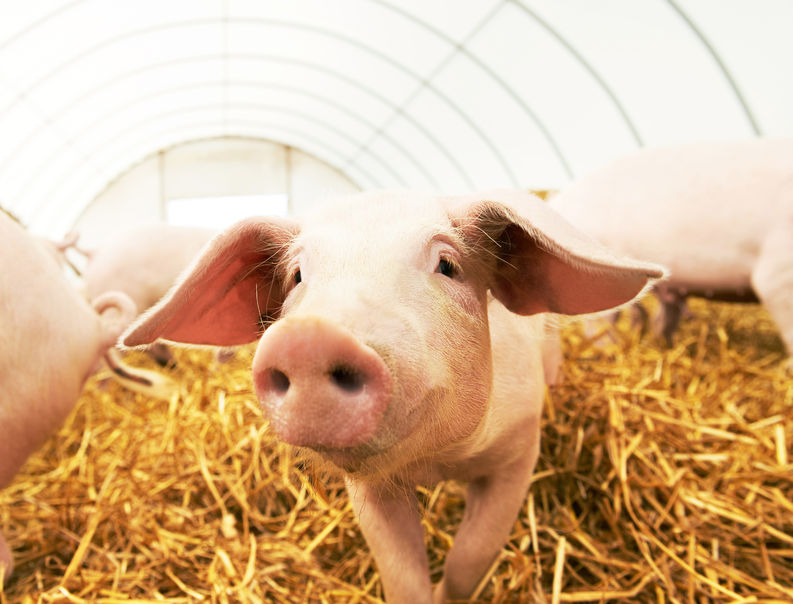
Farmers must invest in newer, more efficient buildings in order to reduce their ammonia emissions, according to a leading farm group.
The government has urged farmers to reduce ammonia emissions, which largely stem from livestock farms, in Defra's consultation on its Clean Air Strategy.
The consultation, which reached across the economy, made a number of recommendations for agriculture.
This includes developing a national code of good agricultural practice and regulating to reduce emissions from farming. The document also proposed to support farmers in various to reduce emissions.
In its response, the National Pig Association (NPA) welcomed the proposed package of actions, specifically increased investment in farm infrastructure and equipment to reduce emissions.
“When considering air quality and ammonia in particular; indoor environmentally controlled pig buildings are able to deliver reduced losses, not only through diet formulation, but also ventilation, including scrubbers and bio filters, slurry cooling and/or acidification, slurry storage and manure spreading techniques,” the NPA response stated.
“The challenge of improving air quality and mitigating climate change is best met by modern indoor environmentally controlled buildings, good practice and advances in efficiency and technology.”
Old animal housing
The NPA said that one barrier to further improving productivity and welfare on farms is the continued use of old animal housing for modern methods of husbandry and animal genetics.
A 2012 survey showed the average age of pig accommodation in use at that time in England was 21-22 years, while more than half were over 20 years old.
The response included a case study showing how modern pig buildings or improvements to existing sites have dramatically improved performance on farm.
It also outlined the NPA’s support for measures that will help incentivise investment in new buildings, such as loan schemes or tax incentives.
Other countries have, in the past, offered grant funding towards new buildings that meet certain criteria relating to emissions or energy efficiency.
NPA policy services officer, Lizzie Wilson said: “The overarching message is that newer more efficient buildings and infrastructure will have the biggest impact on our environmental efficiency and ammonia emissions, and similarly our efficiency of production, enabling us to produce more from less and further helping to reduce emissions.”
